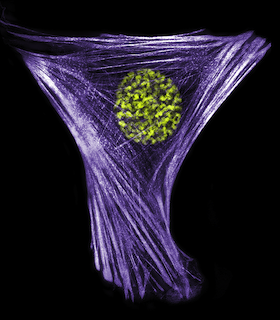
Bruce Spiegelman, Ph.D.
Bruce Spiegelman, Ph.D. received a B.S. from the College of William and Mary and his doctorate from Princeton University. His postdoctoral training was at MIT, and he was hired to join the faculty at Harvard Medical School and the Dana-Farber Cancer Institute in 1982. Dr. Spiegelman was elected to the National Academy of Sciences, National Academy of Medicine and is a Foreign Associate of EMBO.
The Spiegelman laboratory is centered on the molecular basis of energy homeostasis and tissue development, using adipogenesis and muscle as the primary model systems. This includes the biochemical mechanisms of metabolic diseases, especially obesity, insulin-resistant diabetes (type 2) and muscle diseases. In addition, we have a major interest in suppressing cancer cell growth by stimulating pathways of altered cell metabolism and DNA repair.
Dana Farber Cancer Institute
Dept. of Cell Biology, LC-6214
360 Longwood Avenue
Boston, MA 02115
Lab telephone: 617-632-3567
Lab fax: 617-582-7176
Cell Metab
View full abstract on Pubmed
Science
View full abstract on Pubmed
Proc Natl Acad Sci U S A
View full abstract on Pubmed
J Med Chem
View full abstract on Pubmed
Proc Natl Acad Sci U S A
View full abstract on Pubmed
Cell
View full abstract on Pubmed
Cell Metab
View full abstract on Pubmed
Cell Metab
View full abstract on Pubmed
Proc Natl Acad Sci U S A
View full abstract on Pubmed
